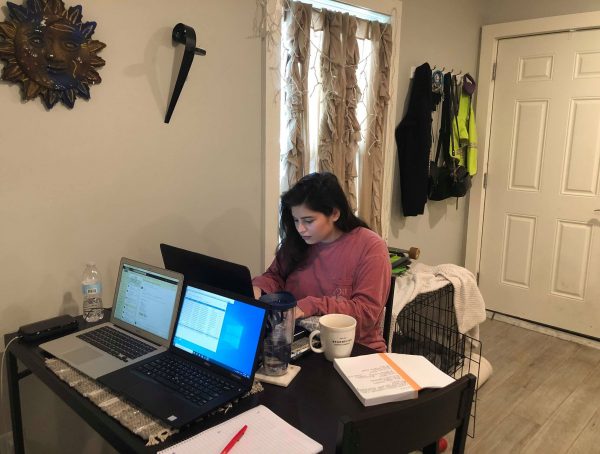 A story based on paper documents or computer records can pose a challenge for television journalists. There’s nothing visual for them to work with so the first resort is often to call for graphics. No matter how attractive your base art is, using full-screen bullet points can bring a story to a halt.
A story based on paper documents or computer records can pose a challenge for television journalists. There’s nothing visual for them to work with so the first resort is often to call for graphics. No matter how attractive your base art is, using full-screen bullet points can bring a story to a halt.
And that’s not the only problem with text-heavy graphics. On-screen fonts don’t convey the same credibility as an excerpt from a document itself. So consider these alternatives the next time you’re faced with a paper-heavy story.
Highlight the Paper
- Instead of calling graphics to make full-screens of excerpts, shoot the actual pages or computer screens, tight, to let the viewer see the specifics you are citing. Use highlights or lighting techniques to make the words stand out. One simple tactic is to shoot someone highlighting the words with a reference marker. Use a lipstick cam and shoot tight to make words pop off the page or screen.
- Capture and use natural sound as you move pages, flip through documents, or click through computer screens.
- Be sure the narration repeats the specific, highlighted words to reinforce their significance.
- Use the papers or computer screens as a narrative device–go back to them several times, if you are building a case that one person or organization keeps turning up in the documents.
- Have someone directly involved in the story read the documents aloud. This provides an opportunity for b-roll, and brings the documents to life, sometimes with emotion that would be inappropriate in a reporter track.
- If the volume of the documentation is part of the story, use it in a standup. For example, one reporter walked through the halls of the local jail unfurling a computer printout of DUI convicts who had never served their sentences. The sheer length of the list made the point that the city wasn’t holding violators accountable.
- Try an old-fashioned movie technique to illustrate timelines: shoot a calendar, or show dates on documents in close-up. Dissolve or flip through dates to show the passage of time.
- When you create full-screens, consider how font sizes and shapes can enhance the meaning of words. Experiment with different fonts to reflect the emphasis and tone of different voices, for example, in a court or hearing transcript.
Hide the Paper
- Find a way to “put a face” on what is in the documents. Medical records from a state mental hospital will pack more power if you quote them over video or still photos of the people who were sterlized against their will.
- Look for analogies or metaphors that can help viewers see more clearly what the documents imply. For example, you could explain the results of a scientific study about how the number of healthy brain cells shrinks as you age by showing the difference between a forest in summer and in winter.
- Translate jargon from documents into everyday language. You may not want to highlight the documents if the language is so complex that it’s hard to understand.








